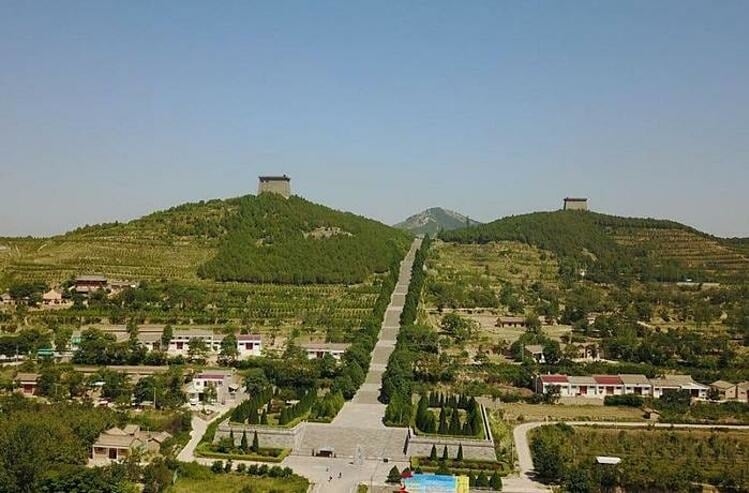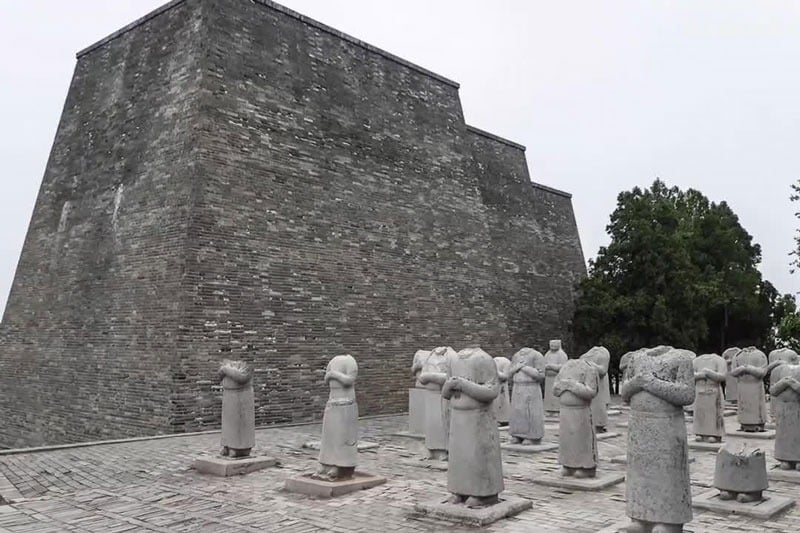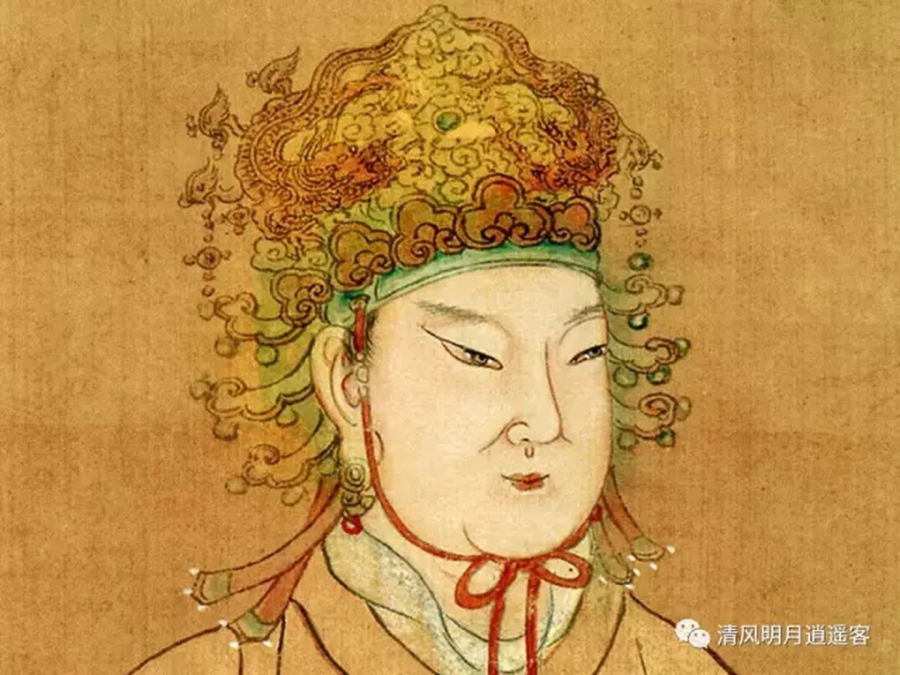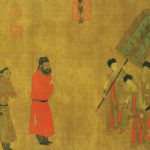When it comes to empresses, the first and only name that comes to mind is surely Wu Zetian, as she was the only female emperor in China’s history. She entered the palace at the young age of 14 and became a concubine of Emperor Taizong of the Tang dynasty. She then became a consort of Emperor Gaozong and eventually rose to become the empress.

Wu Zetian’s rise to power was marked by cruel actions. As a consort, she killed her newborn daughter and framed Empress Wang, leading to Emperor Gaozong deposing Empress Wang and installing Wu Zetian as the new empress. In her pursuit of power, she did not hesitate to shed blood, even killing Consort Xiao and her own son. Ultimately, she achieved her ambition of becoming the empress and holding supreme power.
Despite opposition from court officials who believed that a woman ruling was against principles, Wu Zetian went on to achieve many accomplishments, silencing her detractors. While she was a skilled ruler, she could not be considered a good mother.

Before her death, Wu Zetian returned the empire to the Li family, knowing that her life had both merits and flaws, and that she could not judge herself. Thus, she left a wordless tombstone for posterity to evaluate her.
In ancient times, tomb robbery was prevalent, and thieves were highly skilled. The tombs of the wealthy were often robbed of their buried treasures, which was considered a great disrespect to the deceased. It was believed that intruders in the tomb would disturb the peace of the dead and cause their dissatisfaction. Additionally, tomb robbery caused significant damage to the tomb, which was especially shameful for the wealthy.
To prevent thieves from entering the tomb, intricate trap mechanisms were often employed. As the owner of the tomb, Wu Zetian would have certainly protected it with complex mechanisms that could be triggered if the tomb was opened without caution, posing a danger to archaeologists.

Moreover, archaeological technology is not yet advanced enough. Excavating and removing artifacts from the tomb without proper conservation techniques could cause irreversible damage to these valuable objects.
Wu Zetian’s tomb is named Qianling. It was constructed with a grand and imposing architecture, reflecting the power and prestige of Wu Zetian and Emperor Gaozong. The tomb was built based on the natural terrain of Liang Mountain, with the main tomb buried deep within the mountain. The surrounding area is protected by two sturdy walls and massive gates.
Qianling is renowned for its array of artistic masterpieces, particularly the stone statues that line the path leading to the tomb. These statues include figures of officials, generals, and sacred animals, showcasing the authority and status of Wu Zetian and Emperor Gaozong.































